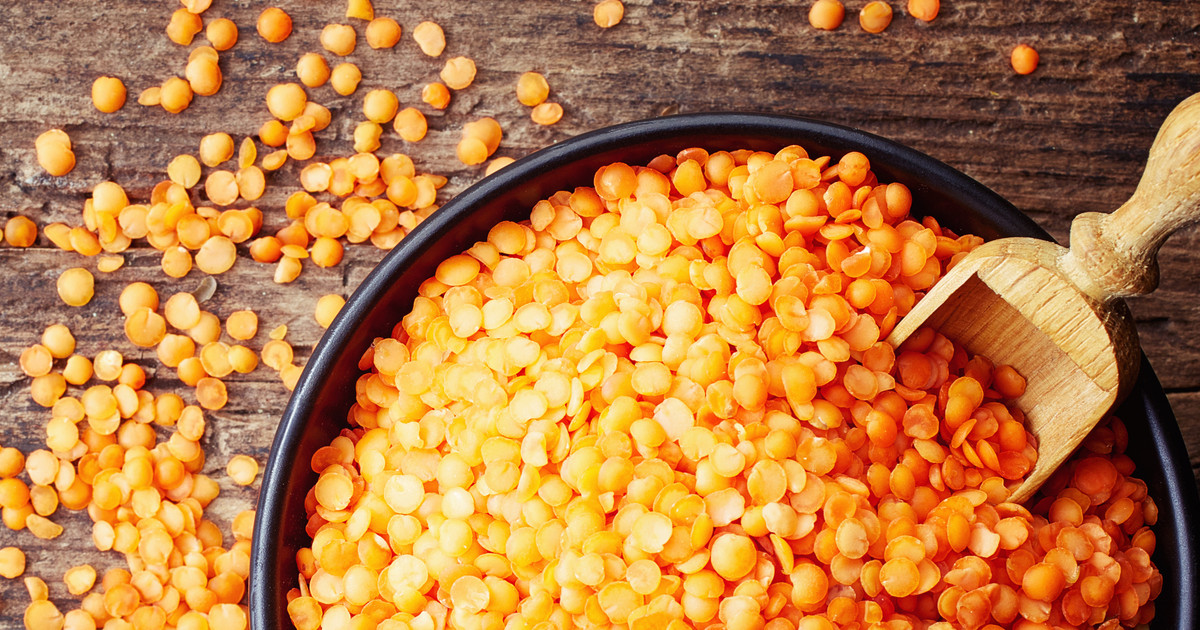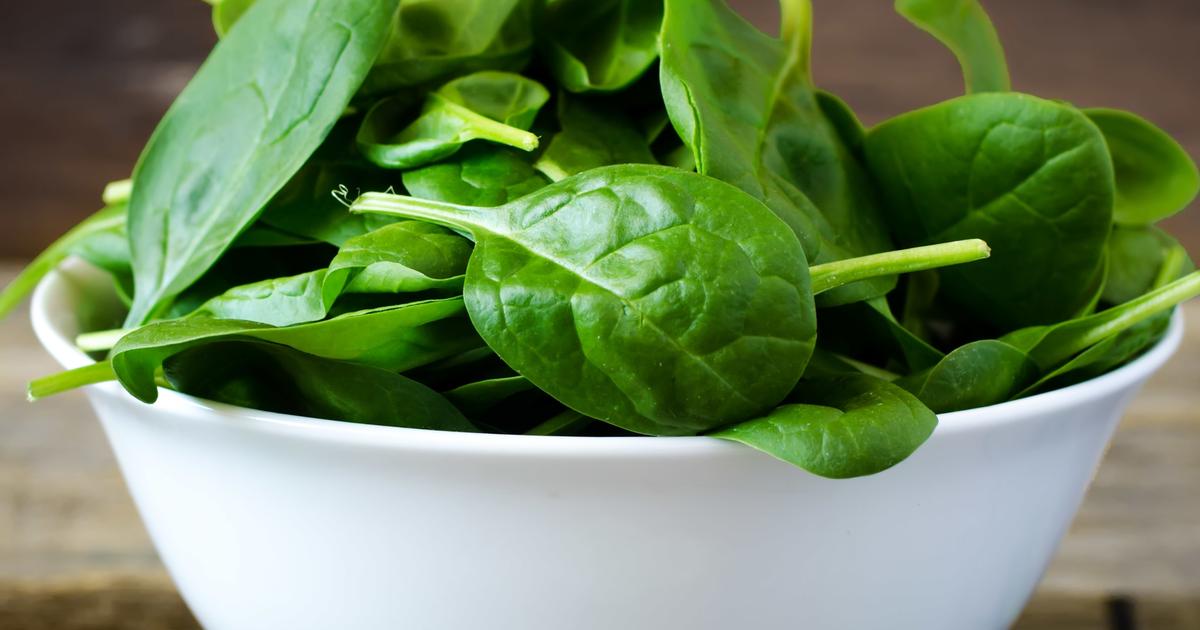Overview Of Foods That Trigger Gout Flares
Gout is a type of arthritis that causes sudden episodes of severe pain and swelling in the joints. Many patients experience these flares at night. Gout can affect any joint, and the elbows, knees, ankles, and wrists are frequently impacted. However, the big toe is the most commonly affected joint. Gout patients may notice that their range of motion becomes limited. They may also have lingering discomfort after a flare. Gout is the result of uric acid accumulating in the blood. This triggers a buildup of urate crystals in the patient's joints, producing pain and other symptoms. The body will produce uric acid as it breaks down the purines in food. Diets rich in purines could trigger gout flares.
Many patients may need colchicine tablets and other gout pills to manage their condition and achieve gout pain relief. Uric acid medicine is quite helpful. Of course, individuals need to follow a gout diet to help manage their symptoms. This often means consulting a nutritionist or doctor. However, it is also helpful to understand which foods can trigger gout flares when designing a purine-restricted diet.
Shellfish

Aquatic animals with exoskeletons (bones on the outside of their bodies) are known as shellfish. Clams, shrimp, crab, lobster, scallops, oysters, and mussels are all in this food group. The purine content of these foods is very high. Thus, gout patients are encouraged to avoid or minimize their consumption of shellfish to reduce the risk of experiencing a gout flare. Patients should not consume any shellfish during a gout flare. Individuals with gout who are not experiencing flares can safely consume a moderate amount of this type of seafood each week. Patients should check with their doctor to find out about the safest amount for their needs. Doctors advise gout patients to opt for fish with a moderate level of purines. Shrimp, lobster, oysters, clams, and crabs have moderate purine levels.
Patients can reduce the purine content in seafood by boiling or steaming. Boiling reduces the purine content by up to sixty percent. Steaming reduces purines to a lesser degree. Microwaving fish or seafood does not alter the purine content. Freezing leads to a very slight reduction in purines after ten weeks. Patients should always consult with their doctor to ensure that it is safe for them to consume fish. Doctors can provide personalized advice on the safest types of fish and seafood, as well as the most appropriate weekly amount for the patient's overall health.
Veal And Venison

Veal and venison are both high in purines. Ideally, gout patients should eliminate these meats from their diet as they will often trigger symptom flares. Along with veal and venison, it is particularly important to stop consuming liver and other organ meats. Doctors recommend that individuals with gout aim to consume no more than four ounces of meat each day. Generally, chicken, turkey, and other white meats contain fewer purines. Thus, they are considered healthier for gout patients than red meats like beef and lamb.
Individuals with gout need to be aware of their overall protein intake too. Many individuals consume too much protein. It may be helpful to speak to a nutritionist and get personalized recommendations on appropriate daily protein intake. Many nutritionists recommend that gout patients try to include plant-based sources of protein in their diets. Since some vegetables are high in purines, it is essential to speak with a nutritionist to get advice on appropriate meal planning before making any dietary changes.
Alcohol

The consumption of alcoholic beverages increases a patient's risk of developing gout. It is a major trigger for gout flares as well. In recent studies based on self-reporting from patients, alcoholic beverages were listed as the trigger for over fifty percent of gout flares among participants. Beer has a higher amount of purines than any other alcoholic beverage. It contains a high percentage of brewer's yeast, another ingredient that raises the risk of gout flares. While wine is lower in purines, consuming any alcoholic beverage forces the kidneys to excrete alcohol instead of purines. This alteration raises uric acid in the patient's blood, leading to a gout flare within one to two days. Gout patients are advised to limit their consumption of alcoholic beverages to keep uric acid levels as low as possible.
Doctors suggest that individuals consume alcoholic beverages in moderation. Patients who consume large amounts may need to significantly reduce their intake to manage symptoms and reduce the risk of flares. Women should limit themselves to one serving per day. Men under sixty-five years old can consume two servings each day, though men older than this should only have one serving daily. One serving equates to twelve ounces of beer that is five percent alcohol by volume. Patients should always check with their doctor to see if alcohol consumption is safe for their overall health, especially with gout. Their doctor can advise them on safe intake levels as well.
Kidney Beans And Lentils

Kidney beans and lentils have more purines than other legumes. Until recently, gout patients were advised to avoid these legumes and other sources of plant-based protein. However, researchers now understand that plant-based protein does not increase the risk of gout flares in the way that animal protein does. Lentils and beans are lower in purines than meat. Gout patients can safely include them in their diet. While they should not be used as the only source of dietary protein, nutritionists suggest that gout patients consider replacing chicken and beef with lentils for some meals. Instead of chicken noodle soup, patients may choose to have lentil soup. They may want to use lentils in place of beef when making rice dishes.
However, since kidney beans and lentils do have more purines than other legumes, patients should always be mindful of the serving size. This will help them avoid gout flares. Half a cup of cooked lentils or beans constitutes one serving. Patients may want to include lower-purine beans in their diets too. Garbanzo beans (chickpeas) and pinto beans are both low in purines. They can be used in dishes with lentils or other beans.
Spinach

Spinach contains fifty-seven milligrams of purines in a serving of one hundred grams. This is a moderate amount of purines. Some experts suggest that gout patients may want to limit consumption of this food. However, recent research indicates that spinach does not always increase the risk of a gout flare. Meat is much higher in purines than spinach. Thus, patients should be able to incorporate spinach into their diet safely.
They should, of course, watch their portions. Patients can use spinach to replace some of the meat in their meals. For example, instead of having a large serving of meat for dinner, patients could replace some of the meat with a salad. They may want to experiment with using spinach in soups and other recipes as well. Patients can consult with a nutritionist about the most effective ways to incorporate spinach into a purine-restricted diet.
